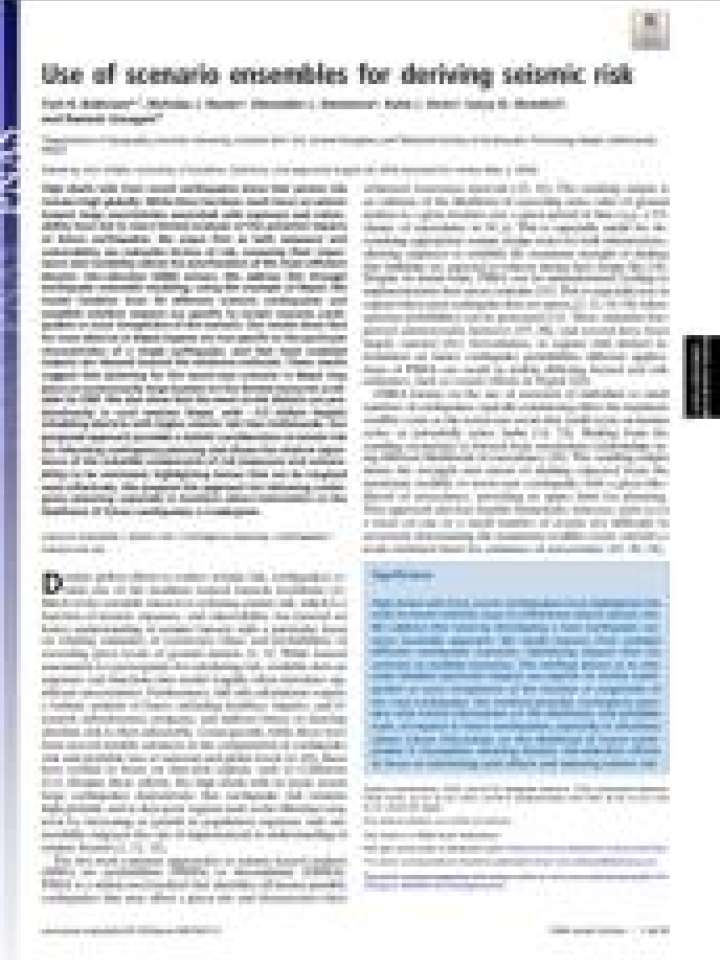Use of scenario ensembles for deriving seismic risk
High death tolls from recent earthquakes show that seismic risk remains high globally. While there has been much focus on seismic hazard, large uncertainties associated with exposure and vulnerability have led to more limited analyses of the potential impacts of future earthquakes. The report argues that as both exposure and vulnerability are reducible factors of risk, assessing their importance and variability allows for prioritization of the most effective disaster risk-reduction (DRR) actions. The report addresses this through earthquake ensemble modeling, using the example of Nepal. The report models fatalities from 90 different scenario earthquakes and establish whether impacts are specific to certain scenario earthquakes or occur irrespective of the scenario.
The results show that for most districts in Nepal impacts are not specific to the particular characteristics of a single earthquake, and that total modeled impacts are skewed toward the minimum estimate. These results suggest that planning for the worst-case scenario in Nepal may place an unnecessarily large burden on the limited resources available for DRR. The report also shows that the most at-risk districts are predominantly in rural western Nepal, with ∼9.5 million Nepalis inhabiting districts with higher seismic risk than Kathmandu. The proposed approach provides a holistic consideration of seismic risk for informing contingency planning and allows the relative importance of the reducible components of risk (exposure and vulnerability) to be estimated, highlighting factors that can be targeted most effectively. The authors propose this approach for informing contingency planning, especially in locations where information on the likelihood of future earthquakes is inadequate.
Explore further
